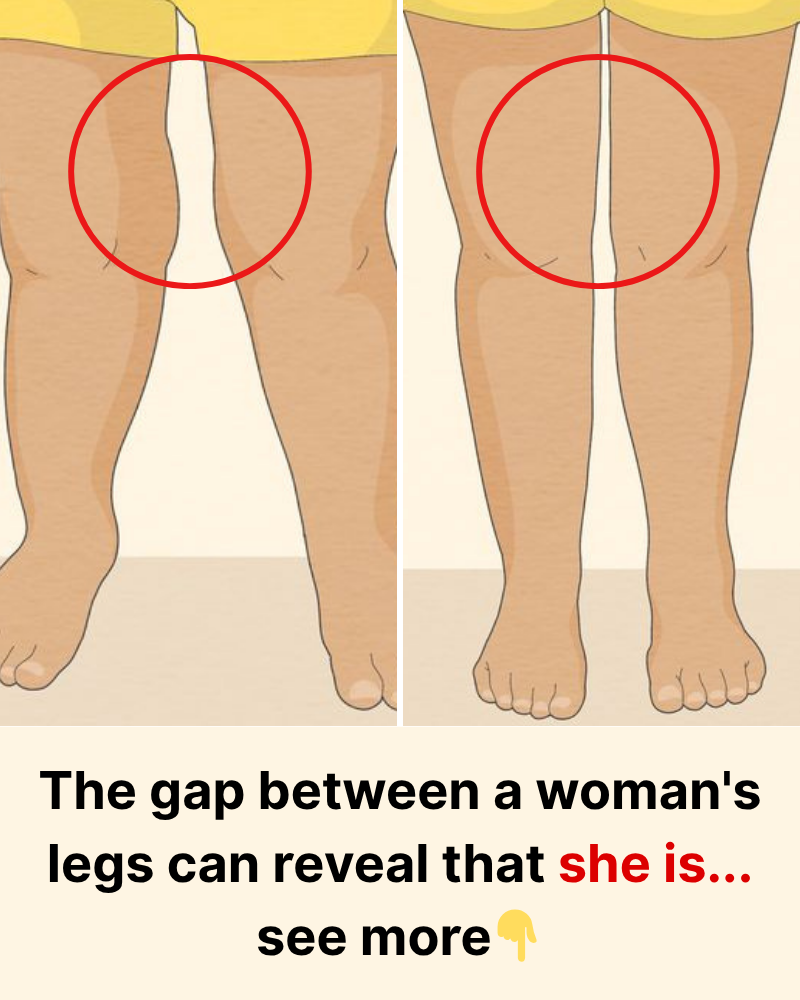
Some beauty trends, no matter how much time passes, continue to cling to us. One of them is the “thigh gap”—that coveted space between the thighs when standing.
But why does this particular anatomical detail still hold such fascination… even though it’s out of reach for the vast majority of us? Here’s a hint: it has nothing to do with exercise or willpower.

The Thigh Gap: A Myth That Defies Common Sense
Since the rise of social media, some beauty standards have taken on exaggerated importance. The thigh gap is, unfortunately, one of them.
Presented as the ultimate symbol of thinness, it still fuels thousands of posts on TikTok and Instagram. Between questionable challenges and “tips” for achieving it, the message is loud and clear: it’s supposedly possible—and even desirable—to have a visible space between your thighs. But is it really?
In truth, the shape of your legs—and whether you have that gap or not—depends mostly on factors completely beyond your control. We’re talking pure anatomy here: the width of your pelvis, the alignment of your femurs, the structure of your muscles… In other words, things that have absolutely nothing to do with how healthy you eat or how many squats you can do.

What Science (and Your Skeleton) Say
Even if you’re very thin, you might never develop a thigh gap. And that’s perfectly normal. As Dr. Ross Perry, a British medical expert, explains, this much-hyped thigh gap is simply the result of a particular bone structure. It’s not a fitness goal, nor is it a health indicator.
If your hip bones are naturally close together or your legs naturally turn inward, no diet or workout program will change that. And yes, even the models we admire in magazines and on runways might not have a thigh gap—unless it’s added through photo editing afterward.

When Social Pressure Turns Toxic
The most troubling part of all this? This illusion is pushing some young women—at increasingly younger ages—into harmful behaviors. Restrictive eating, excessive exercise, and a loss of self-esteem… all in pursuit of a standard that, in many cases, is physically impossible.
But our bodies aren’t meant to fit a single mold. Every body type is different, and that diversity is something to be celebrated. It’s an essential truth that social media often glosses over—but one that many voices are now working hard to bring back into focus.

What You Can Do Instead
So, what can you do when you feel yourself being influenced by this kind of trend? The answer comes down to one word: refocus. Shift your attention to goals that actually matter: feeling stronger, more flexible, more energized. Learn to listen to your body, to respect it, and to build a healthier, more peaceful self-image.
Because no—there’s no safe or legitimate method for achieving a thigh gap. You can’t “choose” where your body loses fat, and so-called inner thigh exercises won’t change your bone structure. What matters isn’t changing your body to fit an image—but learning to love it in its most authentic form.
Your worth is not defined by the space between your thighs—but by the love you give yourself.